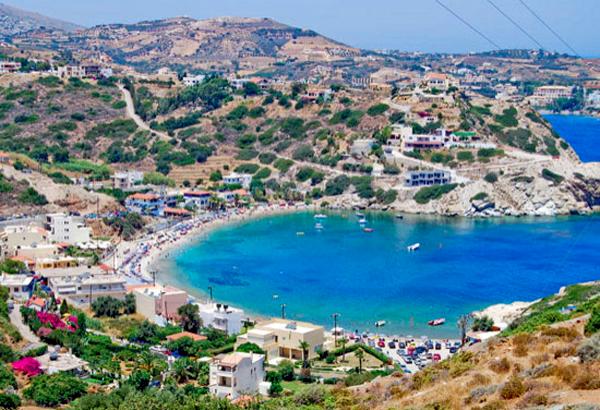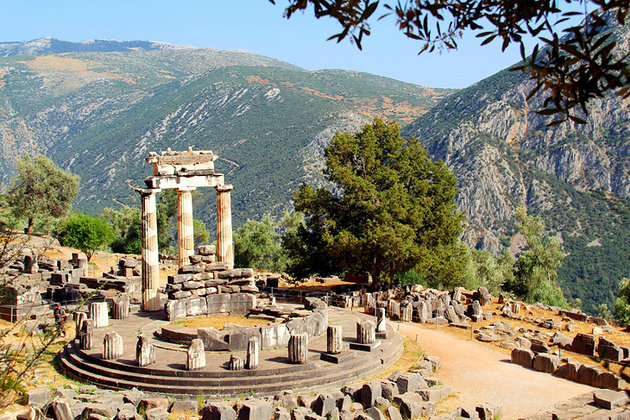Gyros or souvlaki? A culinary trip to Greece

Greece is a tourist destination that needs absolutely no introduction. But rather than praising its islands and beaches and monuments, today we were thinking about catering to a different – although in no way lesser – subject: food. Gyros or souvlaki? A culinary trip to Greece is what we had in mind. Let’s go!
The Greek are energetic, impetuous and overall in love with life in their own way. Among their ways of expressing this, the cuisine, Mediterranean at its best, plays an important part. Apart from the tourist industry – which is the main source of income for Greece, along with its connex services – the country also lives off agriculture. Olives, grapes and lemons are cultivated and sold here intensively and they are part of the national cuisine.
Greek cuisine is known for Kalamata olives, feta cheese, the intoxicating ouzo and the frappe. But modern dishes are – what else? – fast food. I admit that I lived off gyros and potatoes one entire week in Greece – the first time I stayed there, right after I discovered the magic of the “Greek Shawarma” and the flavor of the yogurt and cucumber-based Tzatziki sauce. Not to mention that they are cost-efficient – a pita gyros costs only a couple of EUR.
The first Greek fast food shops opened in the 1950s in Livadia. Souvlaki is a dish made from small pieces of (pork, chicken or lamb) meat and vegetables grilled and served with (or without) a pita bread, potatoes and sauces. The meat is usually put on a stick – which is actually the main difference between souvlaki and gyros.
The even more popular gyros is a lot like a shawarma, actually. In this case, the meat is rotated on a skewer made of metal. It is usually served with potatoes, veggies, mayonnaise and Tzatziki sauce.
In Thessaloniki, all such forms of pita-wrapped dishes are generically referred to as “sandwiches”. And if you rent a car in Thessaloniki, you will get the chance to see all this.





